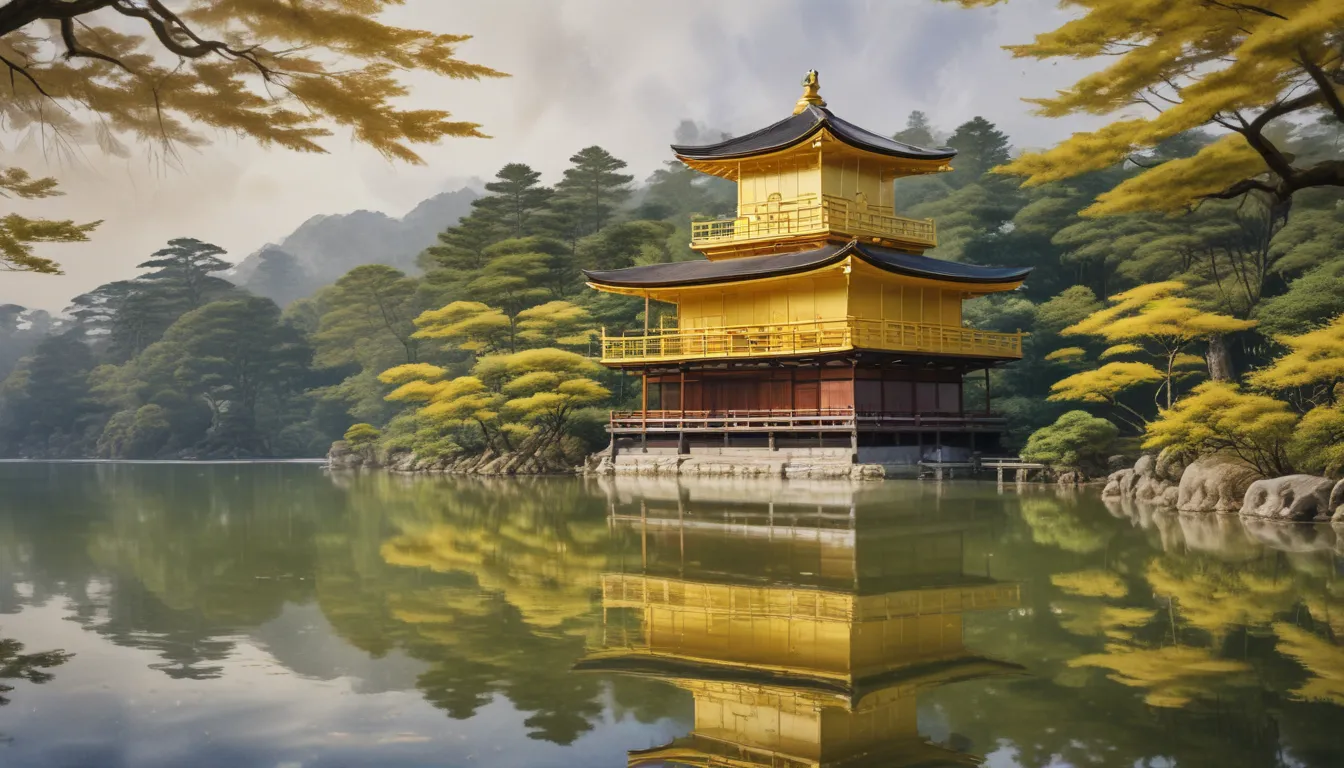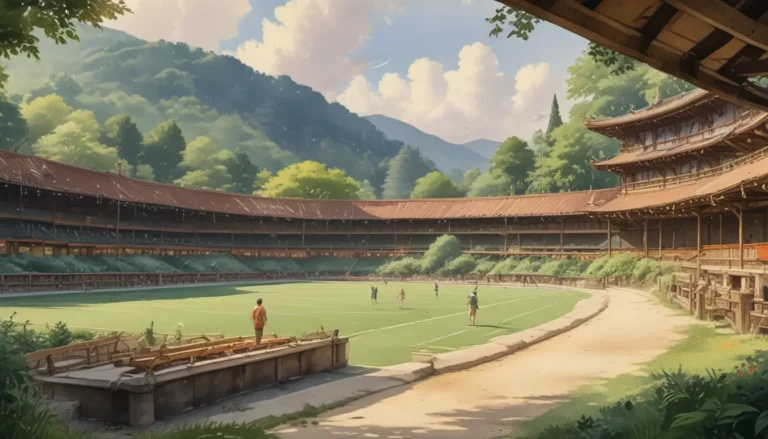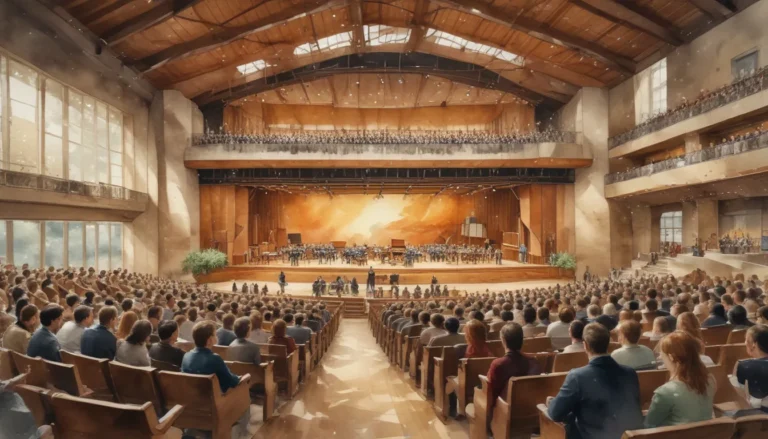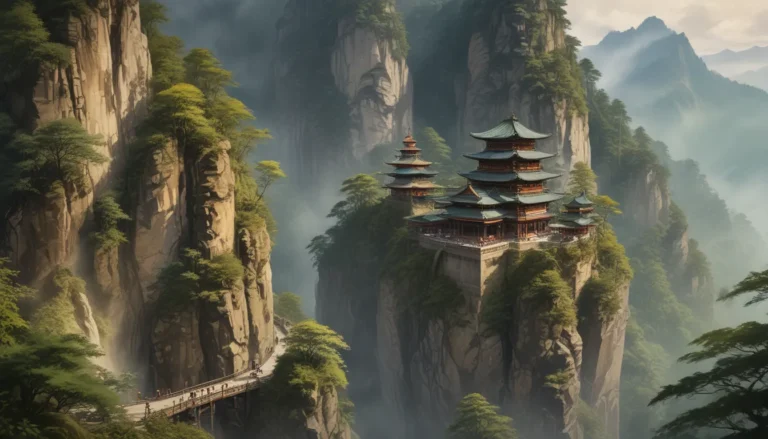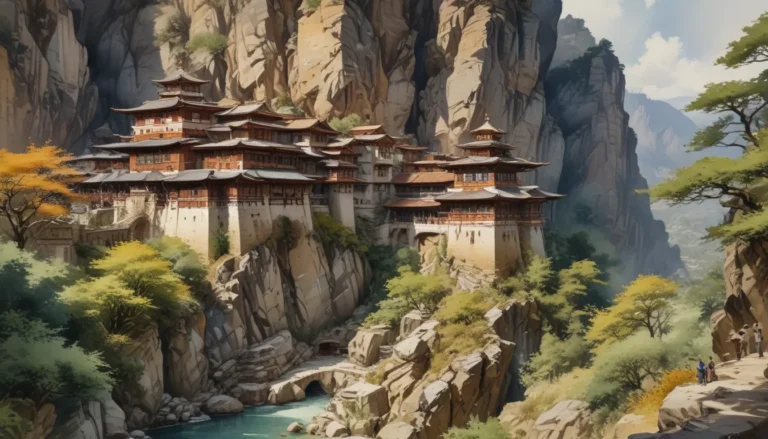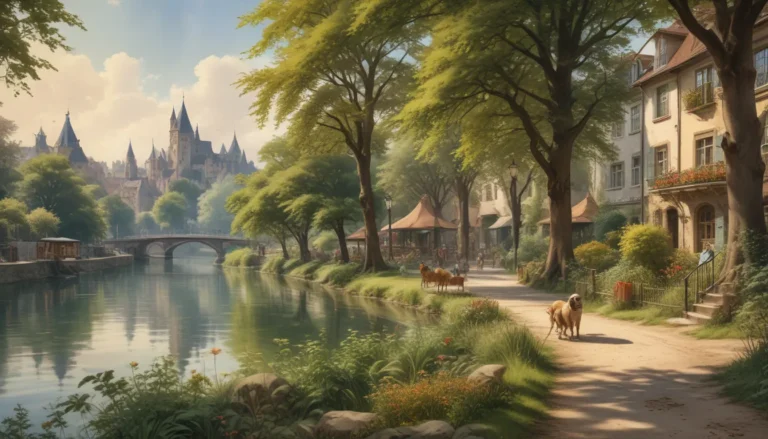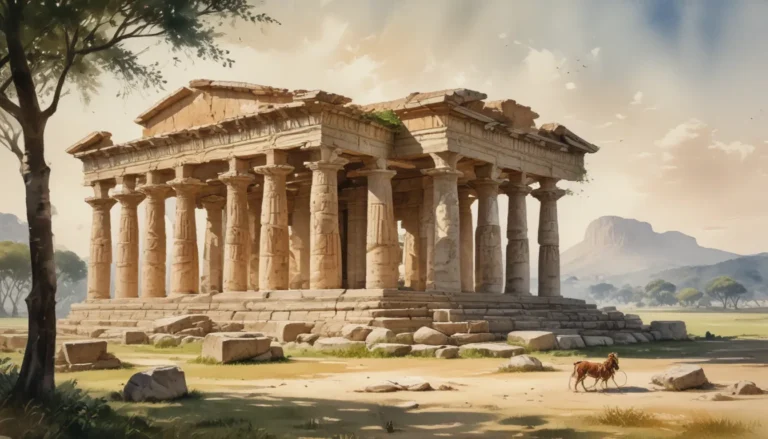The images in our articles are for illustrative purposes only and may not exactly match the content. They are intended to capture your interest and complement the text, not to replace it.
Are you ready to immerse yourself in the beauty and cultural significance of Kinkaku-ji, also known as the Golden Pavilion? Nestled in Kyoto, Japan, this stunning Zen Buddhist temple is a UNESCO World Heritage Site that captivates visitors from around the world with its shimmering golden exterior and serene surroundings. Join us as we uncover 18 astounding facts about Kinkaku-ji that will leave you in awe of its rich history and timeless beauty.
Unraveling the Beauty of Kinkaku-ji
- A UNESCO World Heritage Site: Kinkaku-ji stands as a testament to Japan’s rich history and cultural significance, enveloped in gold leaf and surrounded by a picturesque garden that reflects the tranquility of its lush surroundings.
- Mesmerizing Architecture: The three-story structure of the Golden Pavilion showcases different architectural styles on each level, offering a unique blend of historical influences that make it a must-visit destination for travelers seeking a glimpse of traditional Japanese architecture.
The Golden Aura: A Closer Look at Kinkaku-ji
- Origins as a Retirement Villa: Built as a retirement villa in 1397 for the shogun Ashikaga Yoshimitsu, Kinkaku-ji later transformed into a Zen temple, embodying a rich history that resonates with each visitor.
- Resurrection from Ashes: Following its tragic destruction by fire in 1950, Kinkaku-ji was meticulously restored to its former glory in 1955, preserving the magnificence of the original pavilion for generations to come.
Embracing Tranquility: The Serene Ambiance of Kinkaku-ji
- Symbolic Significance: While visitors can marvel at the temple’s beauty from the outside and the garden, the upper floors of Kinkaku-ji remain off-limits to the public, preserving its historical and cultural integrity.
- Enchanting Garden Oasis: Surrounding the Golden Pavilion is a meticulously landscaped garden adorned with rocks, flowers, and a serene pond, creating a harmonious atmosphere that invites you to bask in the tranquility of nature.
The Magic of Kinkaku-ji: A Fusion of Cultures
- Inspired by Chinese Zen Architecture: The design of Kinkaku-ji draws inspiration from traditional Chinese Zen architecture, infused with Japanese elements that culminate in a visually striking and culturally significant structure.
- Functionality in Design: Each level of the Golden Pavilion serves a specific purpose, from a reception hall on the first floor to housing Buddhist relics on the second floor and showcasing a statue of the Buddhist deity Kannon on the third floor.
Embracing Imperfections: The Essence of Wabi-Sabi at Kinkaku-ji
- Philosophy of Wabi-Sabi: Reflecting the beauty of impermanence and imperfections, Kinkaku-ji embodies the essence of wabi-sabi through its rustic appearance and harmonious integration with nature.
- Intricate Roof Design: Adorned with intricate carvings and a phoenix ornament symbolizing resurrection, the roof of Kinkaku-ji captures the essence of rebirth and the temple’s enduring spiritual legacy.
A Beacon of Prosperity: Kinkaku-ji’s Cultural Significance
- Symbol of Wealth and Prosperity: The lavish golden exterior of the Golden Pavilion symbolizes wealth and prosperity, making it an iconic representation of Japanese architectural opulence and cultural heritage.
- Global Appeal: Drawing visitors from across the globe, Kinkaku-ji’s breathtaking beauty and historical significance have solidified its status as a beloved landmark that transcends cultural boundaries.
Enriching Experiences: Exploring Kinkaku-ji and Beyond
- Lush Greenery: Adjacent to the Golden Pavilion, vast gardens teeming with greenery and vibrant flowers offer a peaceful retreat from the urban hustle and bustle, inviting visitors to connect with nature.
- Seasonal Splendor: Whether adorned with cherry blossoms in spring, vibrant foliage in autumn, or a tranquil snowscape in winter, Kinkaku-ji’s beauty evolves with each season, offering a timeless backdrop for exploration.
Captivating Audiences: Kinkaku-ji in Popular Culture
- Literary and Cinematic Appeal: Kinkaku-ji’s stunning beauty has served as a backdrop for novels, films, and artwork, immortalizing its enchanting presence and bolstering its global recognition.
- Tea Ceremonies: Delve into Japanese culture through traditional tea ceremonies held within the temple grounds, offering a firsthand experience of customs deeply rooted in Japan’s rich heritage.
Cultural Exploration: Enriching Your Visit to Kinkaku-ji
- Temple District: Located amidst the “Temple District” of Kyoto, Kinkaku-ji provides a gateway to explore other renowned temples like Ryoan-ji, Ginkaku-ji, and Nijo Castle, enriching your cultural journey through Japan’s ancient capital.
Unveiling the Essence of Kinkaku-ji: A Timeless Legacy
As you gaze upon the Golden Pavilion and delve into its captivating history and architecture, you’ll discover a timeless legacy that transcends borders and generations. From its humble origins as a retirement villa to its transformation into a revered Zen temple, Kinkaku-ji stands as a beacon of cultural heritage and architectural wonder that continues to inspire awe and wonder in all who visit.
FAQs
- Significance of Kinkaku-ji: The Golden Pavilion embodies cultural and religious significance as a Zen Buddhist temple, symbolizing harmony, beauty, and tranquility.
- Visiting the Golden Pavilion: While visitors cannot enter the Golden Pavilion itself, they can admire its beauty from outside and explore the tranquil gardens.
- Age of Kinkaku-ji: With a history spanning over 600 years, Kinkaku-ji dates back to the late 14th century, offering a glimpse into Japan’s enduring architectural legacy.
- Photography at Kinkaku-ji: Photography is allowed in the temple gardens but not inside the Golden Pavilion, ensuring the preservation of its sacred atmosphere.
- Best Time to Visit: Spring and autumn showcase Kinkaku-ji’s beauty with cherry blossoms and vibrant foliage, though its allure can be appreciated year-round.
- Dress Code: While there are no strict dress codes, visitors are encouraged to dress modestly and respectfully, maintaining the serene ambiance of the temple grounds.
- Guided Tours: Enhance your visit with guided tours that provide deeper insights into Kinkaku-ji’s history, architecture, and cultural significance.
- Souvenir Shopping: Discover traditional souvenirs at nearby shops to commemorate your visit and bring a piece of Kinkaku-ji’s allure home with you.
Embark on a journey through Japan’s cultural tapestry as you explore the wonders of Kinkaku-ji and uncover the hidden gems of Kyoto’s historic monuments. From the enchanting Golden Pavilion to the vibrant celebrations of the Mountain Heritage Festival, Japan’s ancient capital promises a treasure trove of unforgettable experiences waiting to be discovered. Immerse yourself in the serenity and grandeur of Kinkaku-ji, and let its timeless beauty create lasting memories on your journey through Japan’s rich heritage.
